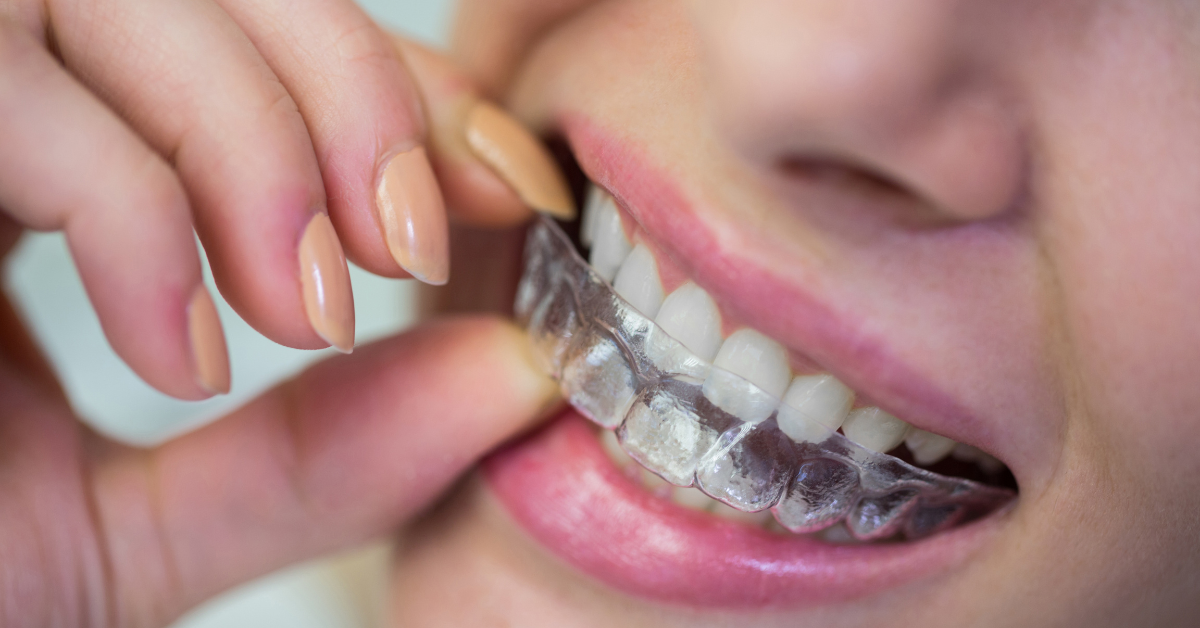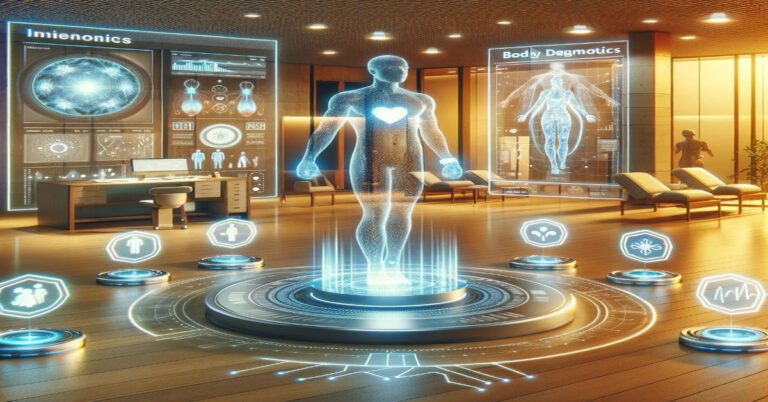The Complete Guide to Permanent Retainers: What You Need to Know
If you’ve ever wondered whether a permanent retainer is right for you, this guide will answer your questions clearly. A permanent retainer is a thin wire bonded to the back of your teeth after orthodontic treatment—usually braces or Invisalign—to keep your smile aligned. Unlike removable retainers, which you take out before eating or sleeping, permanent retainers are fixed in place, offering round-the-clock support. In 2025, more orthodontists are recommending permanent retainers due to their convenience and effectiveness, but they are not without drawbacks. This article explores every aspect of permanent retainers so you can make an informed decision about your dental health.
What Is a Permanent Retainer?
A permanent retainer, sometimes called a bonded or fixed retainer, is a custom-made metal wire that is glued to the backside of your teeth—typically the front lower or upper teeth. Its main role is to hold the teeth in position after orthodontic treatment.
Orthodontic correction is not permanent by itself because teeth naturally try to shift back to their original positions. This phenomenon is known as orthodontic relapse. The solution? Long-term retention. A permanent retainer provides this by ensuring continuous pressure, keeping teeth from moving.
Why Are Permanent Retainers Used?
Orthodontists usually recommend permanent retainers for the following reasons:
- The patient has had significant tooth crowding or spacing.
- The lower front teeth are at high risk of shifting.
- The patient is unlikely to wear a removable retainer consistently.
- There is a history of orthodontic relapse after previous treatment.
- The shape of the dental arch makes shifting likely.
Types of Permanent Retainers
There is not just one type of permanent retainer. Orthodontists choose from several options based on the patient’s teeth alignment, bite pattern, and oral habits. The materials and techniques vary.
| Type | Material | Placement | Typical Use |
|---|---|---|---|
| Lingual Wire Retainer | Stainless steel or titanium wire | Bonded behind front teeth | Standard in most cases |
| Braided Wire Retainer | Twisted or braided stainless steel wire | Bonded behind teeth, offers flexibility | For cases needing minor tooth movement |
| Fiber-Reinforced Composite Retainer | Composite material with fiber strands | Bonded to teeth, tooth-colored | For esthetic cases or when metal is not preferred |
| Customized CAD/CAM Retainer | Computer-designed precision wire | Bonded behind teeth | For advanced orthodontic needs |
How Is a Permanent Retainer Placed?
Placing a permanent retainer is a relatively simple in-office procedure that takes about 30–45 minutes. The process involves:
- Cleaning: The orthodontist cleans the teeth surfaces where the wire will bond.
- Etching: A mild acid solution is applied to roughen the enamel for better bonding.
- Bonding: Dental adhesive is used to attach the wire to each tooth individually.
- Curing: A special blue light hardens the adhesive.
- Polishing: The orthodontist smooths out the composite to ensure comfort.
After the procedure, the retainer becomes part of your mouth structure. There is no sensation of movement or “clicking in and out” as with removable retainers.
Pros of Permanent Retainers
Many patients prefer permanent retainers for specific advantages:
- Continuous Retention: Works 24/7 without the need for reminders.
- Invisibility: Bonded to the back of the teeth, making them nearly undetectable.
- Durability: Can last many years if properly maintained.
- No Need for Compliance: Unlike removable retainers, you can’t forget to wear them.
Cons of Permanent Retainers
Despite the benefits, permanent retainers come with downsides:
- Hygiene Challenges: Flossing becomes more difficult due to the wire.
- Possible Breakage: The wire or bonding can break, requiring repairs.
- Discomfort: Some patients feel tongue irritation initially.
- Plaque Accumulation: Increased risk of tartar buildup around the wire.
- Not Removable: You can’t remove them for special occasions.
Daily Care and Maintenance
Permanent retainers require special care. Without diligent hygiene, plaque and food particles can accumulate around the wire, leading to gum issues or cavities. Here’s how to maintain your bonded retainer:
Brushing
Use a soft-bristled toothbrush to gently clean the retainer area. Electric toothbrushes are often recommended for thorough cleaning.
Flossing
Standard floss won’t easily reach between teeth where a permanent retainer sits. Consider:
- Floss threaders
- Superfloss with stiff ends
- Water flossers
These tools help navigate around the wire and clean between the teeth effectively.
Dental Checkups
Visit your dentist at least twice a year for professional cleanings and to check the integrity of your retainer. If the retainer breaks, it should be repaired immediately to avoid tooth shifting.
How Long Does a Permanent Retainer Last?
In theory, a permanent retainer can last decades, but in reality, most require maintenance or replacement at some point. The lifespan depends on:
- Bonding Strength: Quality of adhesive and placement technique.
- Diet: Avoid hard or sticky foods that may dislodge the wire.
- Oral Habits: Nail-biting or pen-chewing can weaken the retainer.
- Dental Visits: Regular checkups can catch early signs of damage.
Should You Remove a Permanent Retainer?
Removing a permanent retainer is a personal decision and should involve a dentist or orthodontist. Some people choose to remove it after several years if their teeth seem stable. However, the risk of relapse remains throughout life because of the constant, slow forces exerted by the tongue, lips, and chewing.
Most orthodontists recommend keeping a retainer in place indefinitely if you want to maintain the exact position of your teeth.
What Does a Permanent Retainer Cost?
The cost of a permanent retainer varies widely based on location, dental practice, and individual needs.
| Service | Average Cost (USD) |
|---|---|
| Initial Retainer Placement | $250–$500 per arch |
| Repair (Bonding Reattachment) | $50–$150 |
| Replacement (New Wire) | $200–$500 |
| Removal of Retainer | $75–$150 |
These costs are generally not covered by insurance unless medically necessary.
Who Is a Good Candidate for a Permanent Retainer?
Permanent retainers are not for everyone. The best candidates typically include:
- People who are forgetful about using removable retainers.
- Individuals with a history of orthodontic relapse.
- Patients with lower front teeth alignment correction.
- People committed to strict dental hygiene routines.
- Patients without gum disease or significant tartar buildup.
Who Should Avoid Permanent Retainers?
In some cases, orthodontists may advise against bonded retainers:
- Gum Disease: Patients with periodontal issues may find that bonded wires exacerbate problems.
- Poor Oral Hygiene: If you struggle with regular flossing, a permanent retainer may lead to decay.
- Complex Bites: Certain bite types are incompatible with fixed retainers due to tooth contact.
Advances in Permanent Retainer Technology
In 2025, advancements in dental materials and technology have improved the design of permanent retainers. Key innovations include:
- 3D-Printed Retainers: Custom CAD/CAM systems provide precision fit.
- Biocompatible Materials: Modern wires are hypoallergenic and lighter.
- Digital Scanning: Eliminates the need for messy impressions.
These updates reduce discomfort and enhance the long-term success of retention treatments.
Psychological Impact of Permanent Retainers
Many people don’t realize the psychological impact of post-orthodontic care. Permanent retainers remove the burden of remembering to wear a device daily, but they can also make patients feel “trapped” or overly dependent on dental hardware. Balancing the emotional aspect with the practical benefits is an essential part of deciding whether a permanent retainer is right for you.
Common Myths About Permanent Retainers
Let’s address some myths:
- Myth: Permanent retainers last forever without maintenance.
Fact: They require regular checkups and sometimes repairs. - Myth: You can stop worrying about your teeth shifting after a few years.
Fact: Teeth can shift at any age without retention. - Myth: Permanent retainers are only for teenagers.
Fact: Many adults benefit from bonded retainers after orthodontic treatment.
Comparing Permanent Retainers to Removable Retainers
Understanding the differences between fixed and removable retainers helps you make an informed choice.
| Feature | Permanent Retainer | Removable Retainer |
|---|---|---|
| Visibility | Hidden behind teeth | Visible when worn |
| Compliance | No user action needed | Requires daily wear |
| Cleaning | Requires special flossing | Easy to clean outside the mouth |
| Durability | Long-lasting but may break | Replace every few years |
| Cost Over Time | High initial, low maintenance | Lower initial, possible replacements |
| Comfort | May cause tongue irritation | May affect speech temporarily |
Conclusion: Is a Permanent Retainer Right for You?
Choosing a permanent retainer is a decision that should be made with your orthodontist based on your lifestyle, dental history, and personal preferences. For many people, the convenience and effectiveness outweigh the challenges. However, it’s essential to maintain excellent oral hygiene and commit to regular dental checkups.
Permanent retainers represent a blend of modern dental science and personal responsibility. They allow you to preserve the investment you’ve made in straightening your teeth—often for a lifetime. Understanding the pros, cons, and daily maintenance will help you get the most out of this long-term solution.
Read: https://2amagazine.co/csm-gold/
FAQs
Can I get a permanent retainer after Invisalign?
Yes, permanent retainers are commonly used after Invisalign to prevent teeth from shifting back.
Do permanent retainers hurt?
Most patients report mild discomfort initially, but this usually fades within a few days.
How do I clean around my permanent retainer?
Use floss threaders, water flossers, and electric toothbrushes to maintain hygiene around the wire.
What happens if my permanent retainer breaks?
Visit your orthodontist immediately to repair or replace it. Leaving it broken may cause your teeth to shift.
Can permanent retainers cause cavities?
Not directly, but if you don’t clean properly around them, plaque buildup can lead to decay.







